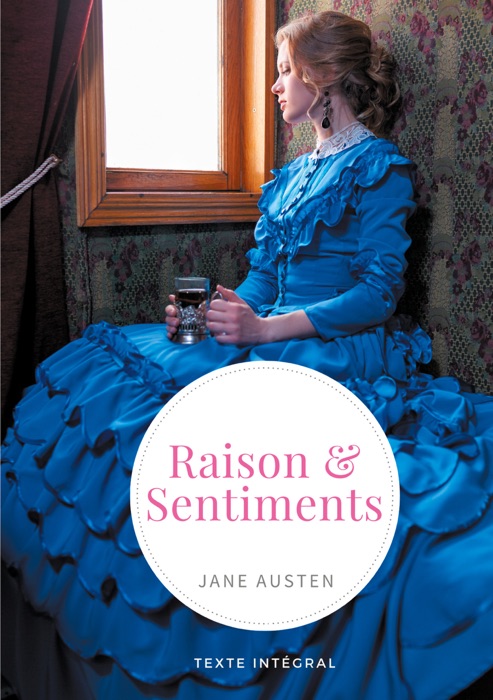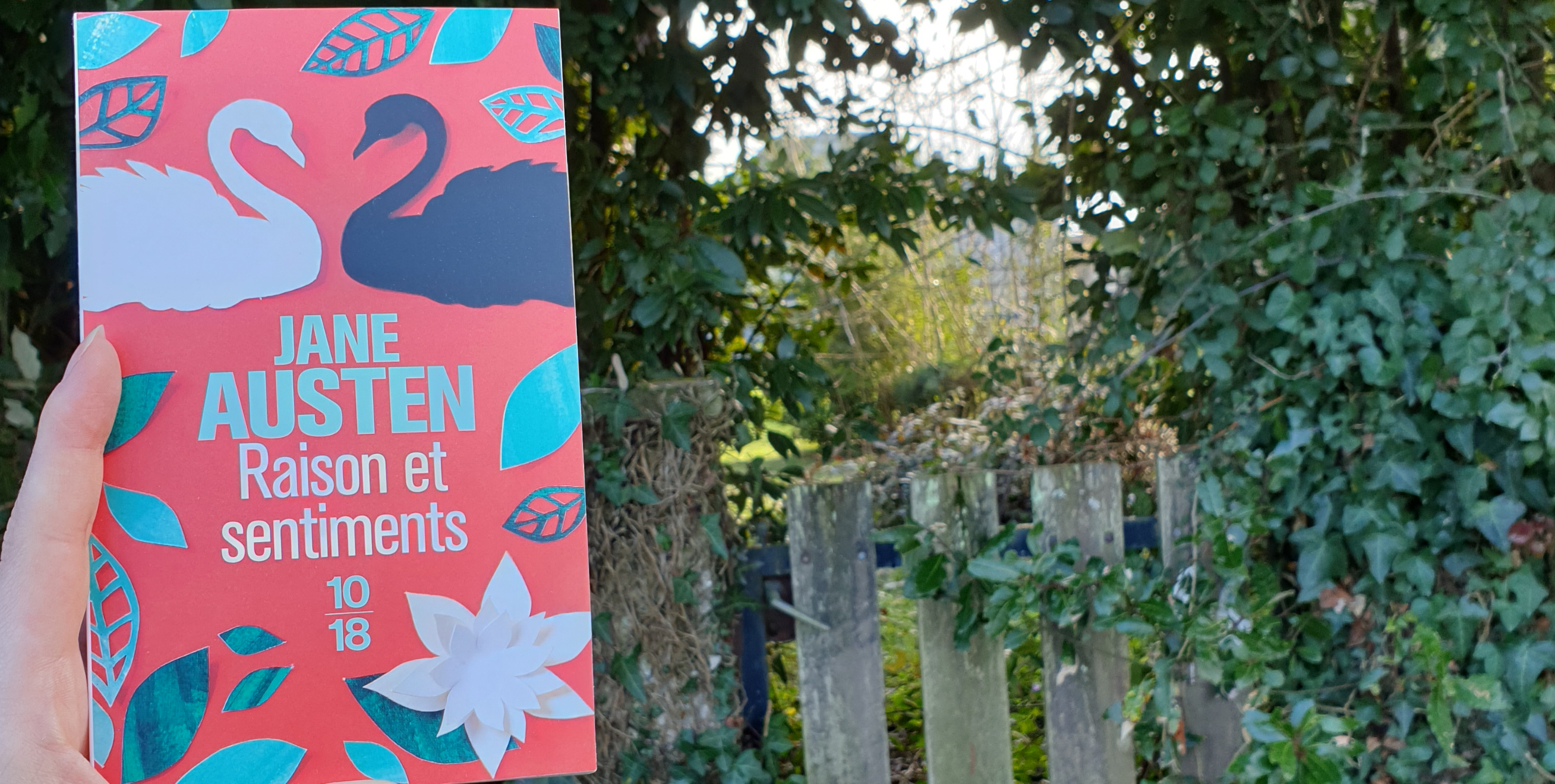

Ellen Belton presented a wider study of the “detective plots” of Austen’s works, which “make extensive use of the sense of mystery as a structural narrative element” (43). As Daragh Downes noted in 2012, “critical recognition of nascent detectivism in Austen is far from new.” Rosemary DePaolo and Jane Sturrock, like P. D. James, focused on Emma, and Mark Blackwell spotted the importance lent to “the collection and interpretation of evidence” in Sense and Sensibility (121). This was in turn adapted by Juliet Towhidi, giving birth to the TV serial broadcast on BBC 1 in 2013 and on PBS in 2014.ĢA similar interest has been aroused among the critics. Stephanie Barron is now famous for her Jane Austen Mysteries series, novels which started in 1996 and feature Jane Austen as an amateur detective and P. D. James, who made a strong case relating Emma to detective fiction, capitalized on that potential in her novel Death Comes to Pemberley in 2011, a mystery sequel of Austen’s Pride and Prejudice (1813). But with the more recent boom in the 1990s, there has also been a heightened interest in her novels’ potential for mystery and sleuthing. Haut de pageġ As the many film adaptations of her works testify, Jane Austen has aroused popular interest for quite some time now, the first film dating from as early as 1940.

Ang Lee and Emma Thompson’s adaptation lays emphasis on the role of sympathy and communion of feeling in the disclosure of intimate truths through the use of windows and frames, forming thresholds between the public and private but also revealing the characters’ perceptiveness.

It merges two aspects highly revealing of the evolution that crystallized in Poe’s tales with Dupin: the rising influence of the clinical gaze and the redemptive integration of eighteenth-century sensibility – which was increasingly becoming suspect at the turn of the century – within a rational “method of understanding.” The ability to read characters to uncover their secrets is presented as a decoding of signs and symptoms which requires logic but also a subjective projection into the mind of the other. Depicting characters harbouring secrets and investigating so as to unravel mysteries – though they are mainly psychological – Jane Austen’s Sense and Sensibility undoubtedly heralds the rise of the detective novel.


 0 kommentar(er)
0 kommentar(er)
